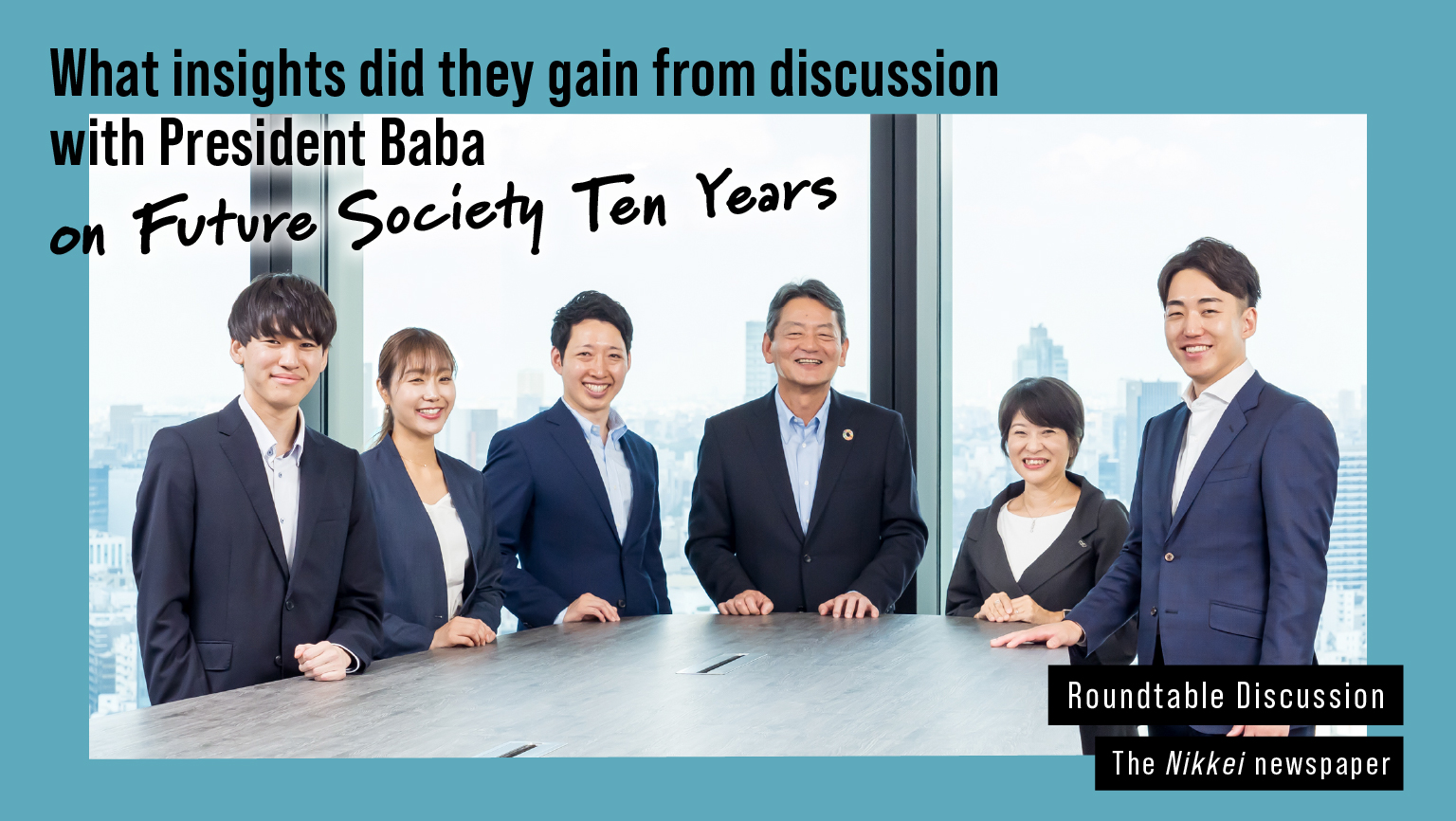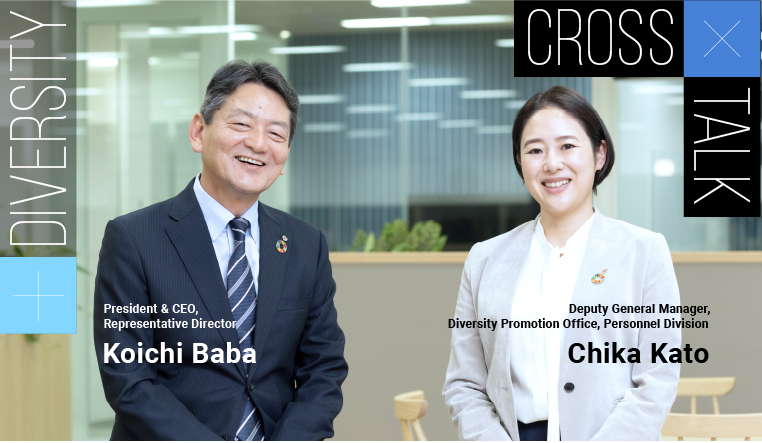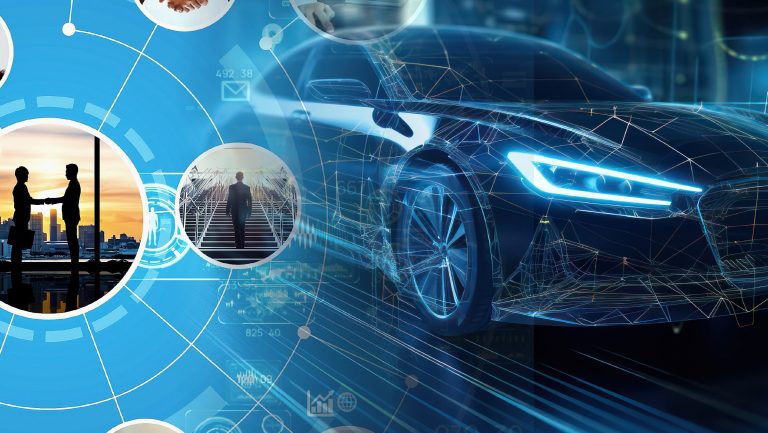
Peripheral Businesses Are Key to Popularizing EVs —A Closer Look at Tokyo Century’s Efforts to Strengthen the EV Market Value Chain
Nov 15, 2023
The movement toward decarbonization is accelerating across the globe, and the automobile industry faces a major turning point. As the world moves away from gasoline vehicles to achieve carbon neutrality, what is needed to popularize electric vehicles (EVs) in Japan? Despite the challenges, such as high EV prices and introduction costs, insufficient charging stations, and a limited number of vehicle models, a major wave of change is coming not only to EVs but also to the peripheral businesses.
Tokyo Century is working to strengthen the EV business value chain to drive the widespread adoption of EVs in Japan. In this article, we explain the value chain for promoting EVs that use renewable energy as their power source, including the challenges and future prospects of the market.
▼ INDEX

In another article, we reviewed the status of EVs in Japan and worldwide.
As described there, the Japanese government formulated its Green Growth Strategy Through Achieving Carbon Neutrality in 2050 to achieve carbon neutrality. This strategy selects 14 key areas expected to grow from the perspective of both industrial and energy policy, sets high goals for the country, and provides as concrete an outlook as possible.
The automobile and storage battery industry has been designated as one of these 14 key areas. The government has set the goal of achieving 100% EVs in new car sales by 2035 and is promoting a shift from gasoline vehicles to EVs and other similar types of vehicles*1. However, the nation is actually far from achieving this goal, with EVs accounting for only 1.5%*2 of passenger vehicle sales in 2022.
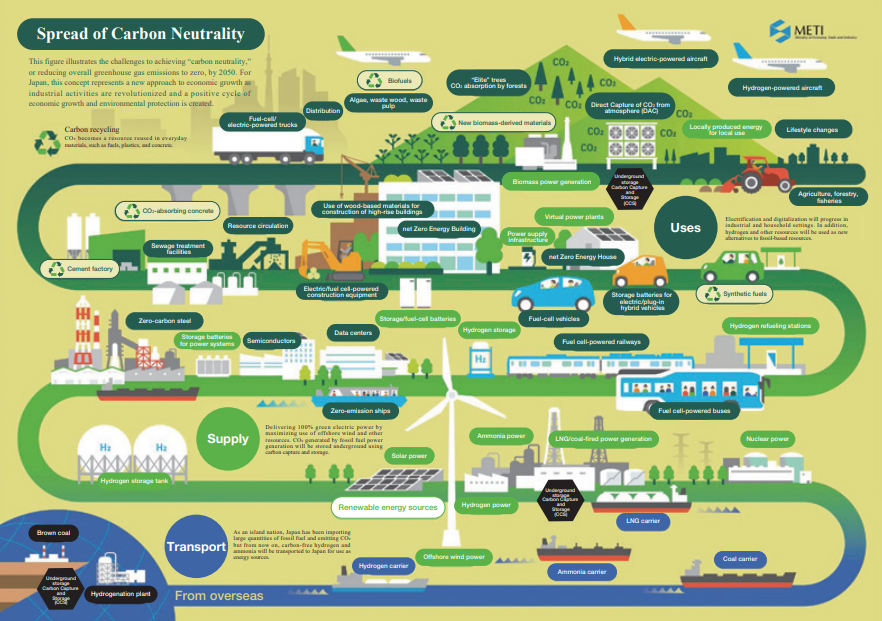
Spread of Carbon Neutrality (Source: Ministry of Economy, Trade and Industry of Japan)
In 2022, however, demand for EVs, which had until then been stagnant, reached a turning point. A breakthrough was made with the Nissan Sakura mini EV, which went on sale in June and sold 33,097 units*3 through to March 2023, and despite the short sales period, ranked 14th*4 in light vehicle sales for fiscal 2022. At around the same time, Mitsubishi Motors launched the eK X EV. The year 2022 can truly be called the first year of light EVs.
One reason the spread of EVs has been slow in Japan is they are more expensive than gasoline vehicles. The advent of relatively inexpensive light EVs, however, has made it easier for people to consider switching from gasoline vehicles to EVs. With government subsidies*4 for both Sakura and eK Cross EV, the actual purchase price starts at around 2 million yen (as of October 2023, 10% consumption tax included*5, 6) and an increasing number of households are considering a light EV as a second car.
One disadvantage of EVs is they have a shorter cruising range than gasoline vehicles. Still, light vehicle users generally drive shorter distances, such as for shopping, so it seems EVs and light vehicles make a good match. And increasing the number of EV models that meet user needs is expected to encourage the spread of EVs.
*1 In addition to EVs, fuel cell vehicles (FCVs), plug-in hybrid vehicles (PHVs), and hybrid vehicles (HVs) are included.
*2 Japan Automobile Dealers Association: “Number of Passenger Vehicles by Fuel and Manufacturer, April 2022 to March 2023”
*3 Japan Light Motor Vehicle and Motorcycle Association: “New Light Vehicle Sales by Brand Name, April 2022 to March 2023”
*4 Ministry of Economy, Trade and Industry: “Subsidy for Promoting the Introduction of Clean Energy Vehicles in the Supplementary Budget for FY2022 and the Initial Budget for FY2023”
*5 Nissan Motor’s website: Price and Grade of Nissan Sakura
*6 Mitsubishi Motors’ website: “Outlander” and “eK X EV” Prices Revised

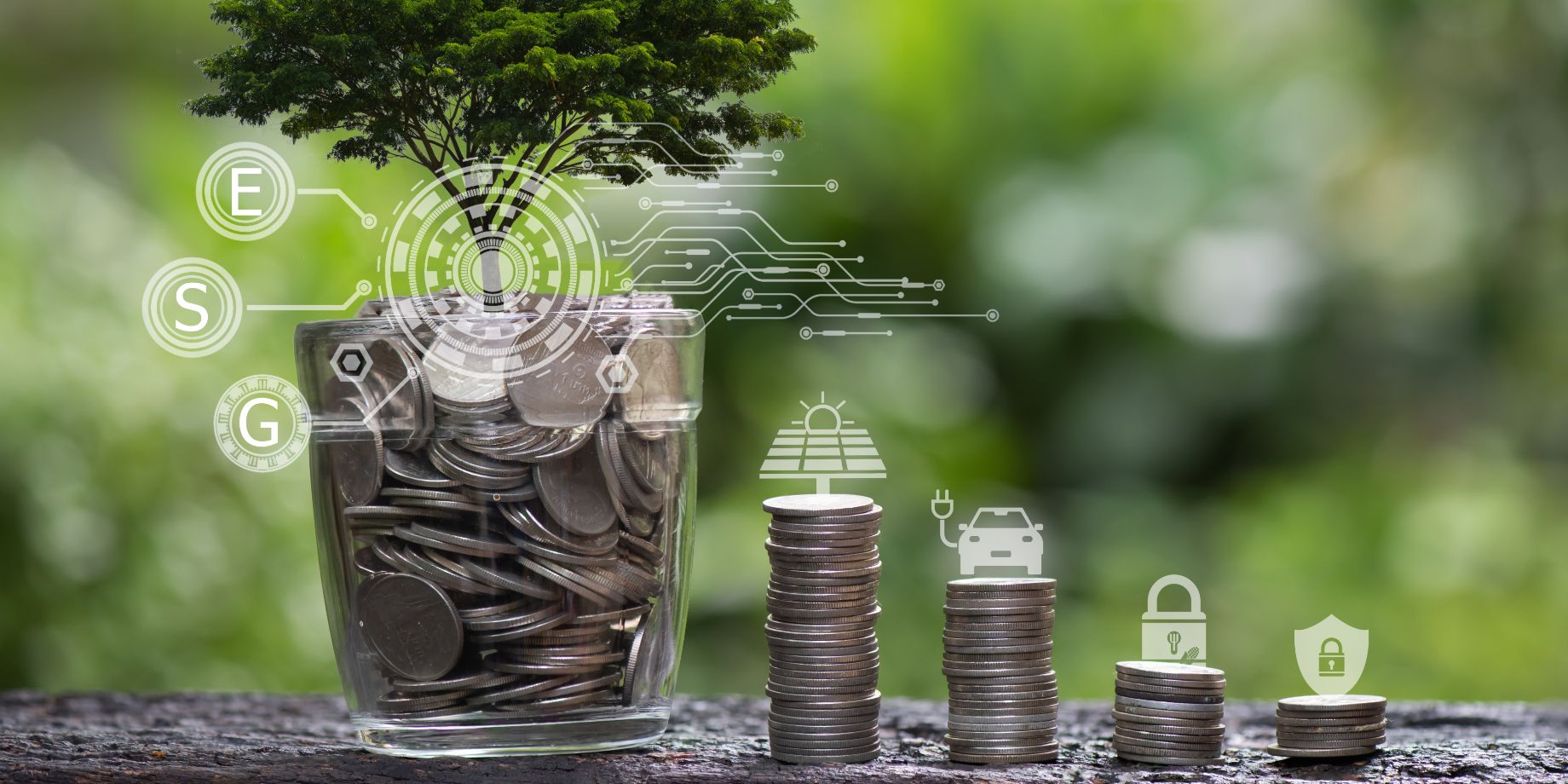
Just as the emergence of light EVs is expected to add momentum to the market, the new impact on the EV business is also significantly changing the peripheral businesses that make up the value chain of the automotive industry. Why are the EV peripheral businesses necessary?
For example, switching from a gasoline vehicle to an EV requires having charging equipment at home, parking lots, commercial facilities, and other locations instead of gas stations. Additionally, energy management becomes more important, as refueling takes only a few minutes, whereas regular charging of an EV requires hours.
Furthermore, reusing an EV vehicle and batteries requires correctly evaluating the level of deterioration and lifespan of used batteries and establishing a system for reusing and recycling them accordingly, as well as developing a market for used vehicles. Various peripheral businesses must be expanded in each phase to popularize EVs.
In this context, Tokyo Century is working to strengthen the value chain in the peripheral businesses indispensable for popularizing EVs (see figure).
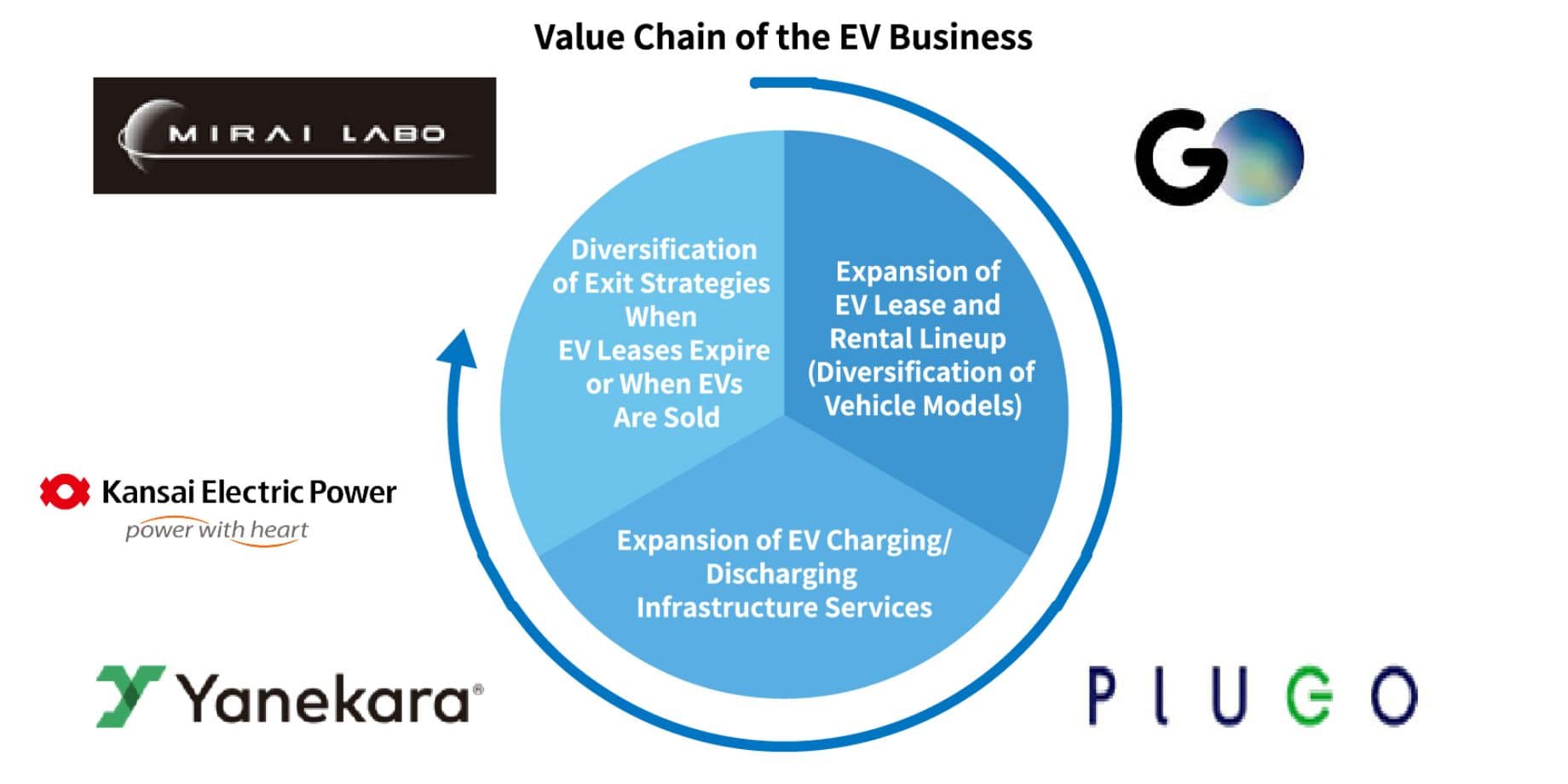
A value chain is a framework that categorizes a company’s business activities─from the procurement of raw materials to manufacturing and sales─understand the added value created at each link of the chain.
Tokyo Century’s EV business value chain visualizes a series of businesses involved in the EV market, from the introduction of EVs to the charging/discharging infrastructure and expiration and sale of leases, with the goal of adding value at each phase and further strengthening the chain. We intend to solve problems that have presented barriers to the widespread use of EVs and increase demand for EVs along with partner companies and stakeholders.
Strengthening the value chain will not only expand the EV market but also generate new value by creating EV-related businesses that had not previously existed. In this section, we look closely at Tokyo Century’s efforts:(1) Expansion of EV Lease and Rental Lineup (Diversification of Vehicle Models), (2) Expansion of EV Charging/Discharging Infrastructure Services, and (3) Diversification of Exit Strategies When EV Leases Expire or Are Sold.
(1) Expansion of EV Lease and Rental Lineup (Diversification of Vehicle Models)─Promotion of NTT’s EV100 Project, the Shift to EVs in the Taxi Industry

Diversifying EV models is essential for energizing the EV market. The Tokyo Century Group, which boasts an extensive lineup of auto leases and rentals for corporate and individual customers, is therefore working to expand its EV lease and rental lineup. For example, the Group is supporting the NTT Group’s “EV100” project for converting all passenger and light-duty vehicles to EVs by 2030.
We are also stepping up our efforts to expand into industries considering the introduction of EVs. We are encouraging these industries and local governments to promote the use of vehicles such as EV buses and EV taxis other than gasoline-fueled cars. As part of these efforts, we are also partnering under a capital and business alliance*7 with GO Inc., which operates the taxi app GO, and currently supporting the leasing of EV taxis and in-vehicle devices. EV taxis generate less vibration than gasoline vehicles, so they have been well received by drivers who spend long hours on the road.
*7 Capital and business alliance with Mobility Technologies
(2) Expansion of EV Charging/Discharging Infrastructure Services─Collaboration with “PLUGO” for Charging EVs and “Yanekara,” a Charging/Discharging Management System Developed by the University of Tokyo
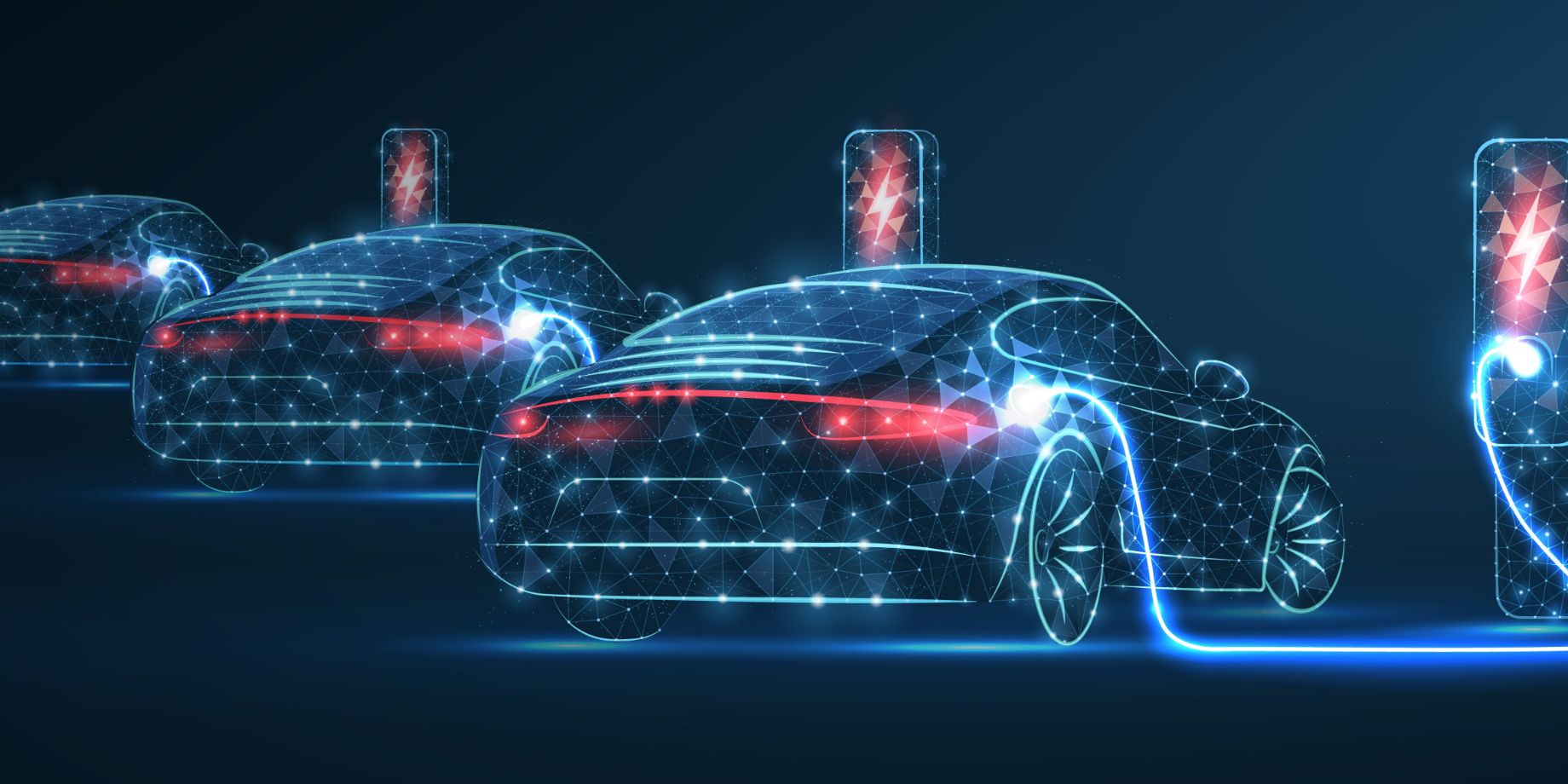
EV charging/discharging infrastructure refers to the peripheral facilities and mechanisms required for introducing EVs and particularly to addressing the significant lack of recharging facilities.
While gasoline vehicles require fueling, EVs must be charged. Charging locations are categorized into basic charging locations (e.g., at home, nearby parking lots), route charging locations (e.g., gas stations, highways), and destination charging locations (e.g., commercial, leisure, and lodging facilities). Since EVs are viewed as having a shorter cruising range than gasoline vehicles, many users may be hesitant to use them on a daily basis unless there are sufficient charging stations at every location, fearing that they may run out of power.
Tokyo Century is working to expand EV charging facilities under a capital and business alliance*8 with PLUGO Inc., which designs and develops hardware, software, and IoT for EV chargers, operates charging stations, and offers services for EV users. A key feature of PLUGO is that it targets charging at destinations. Partnerships with shopping centers and electronics retailers would enable EV users to charge their vehicles at their destinations or offer those who do not own a charger more flexible charging opportunities at the places they visit in their daily lives. Going forward, we are also looking to link with app services provided by commercial facilities.
Also noteworthy is our business partnership with Yanekara Inc.*9, a start-up company from the University of Tokyo, which has developed an EV charging/discharging system and a cloud system capable of group control of distributed energy resources, including EVs. Yanekara is promoting the use of these systems to store power in EVs. For example, if the electricity stored in EVs can be traded in a supply-demand adjusted market, revenue from the trade can be used to cover the cost of introducing EVs. In addition, storing power in EVs will play a significant role in securing electricity in the event of a disaster.
Other issues to be addressed include support for energy management and expansion of EV maintenance networks.
*8 Capital and business alliance with PLUGO Inc., an EV charging service provider
*9 Yanekara Inc. and Tokyo Century Corporation begin collaborating to sell YaneCube
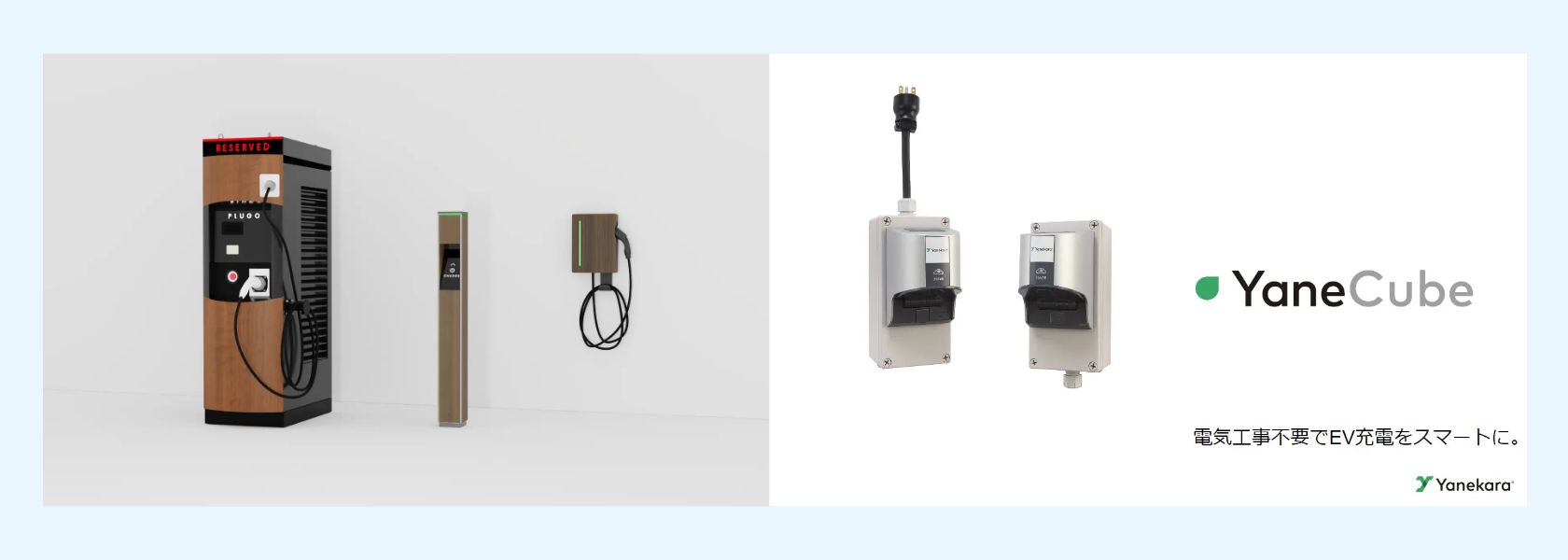
PLUGO’s charging equipment
YaneCube, an EV charging controller that prevents electricity rates from increasing due to charging
(3) Diversification of Exit Strategies When EV Leases Expire or Are Sold─Reuse of EV Batteries and Conversion to Storage Batteries in Cooperation with MIRAI-LABO, Kansai Electric Power Company, and Other Partners
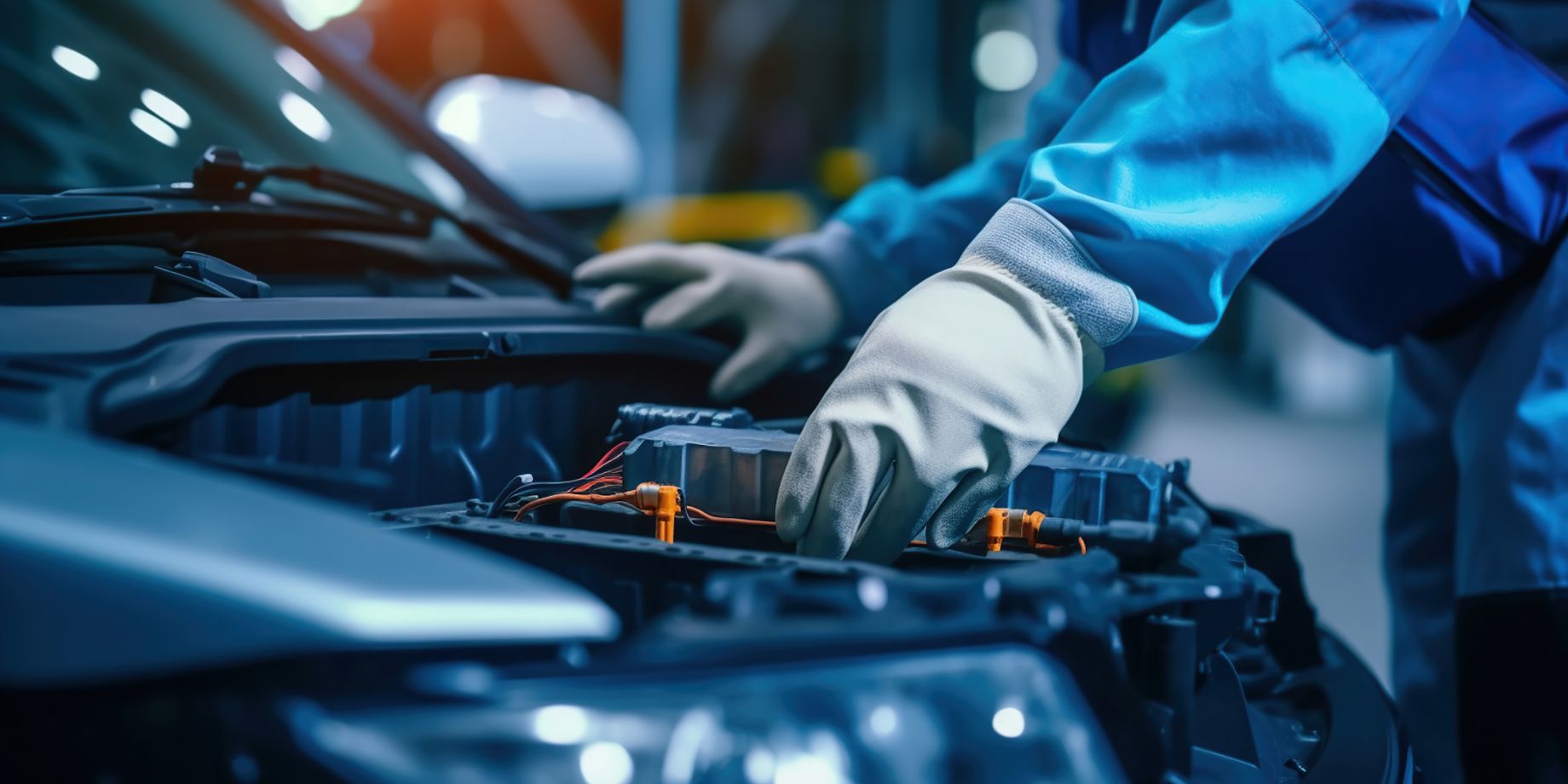
In the process of popularizing EVs, we also need to address the issue of environmental responsiveness. While EVs can curb CO2 emissions when driving, significant CO2 is emitted when batteries are produced. Generally, battery life is said to vary from five to ten years, depending on the usage environment, but if new batteries are used at the end of each operating life-cycle, CO2 emissions would naturally increase.
Thus, the key to popularizing EVs will be to mitigate the environmental impact of producing EV batteries while appropriately reusing used EV batteries, which will lead to optimizing EV prices and introduction costs and reducing CO2 emissions.
So how can we properly reuse batteries?
Tokyo Century is focusing on the evaluation and reuse of on-board EV batteries and has invested in MIRAI-LABO*10, which has the technologies required for evaluating them and for their reuse. By considering flexible reuse destinations through fast and accurate evaluations and reusing batteries multiple times, depending on the degree of deterioration, we can contribute to expanding the battery reuse market. In one case, one EV battery was repurposed to power 12 street lights.
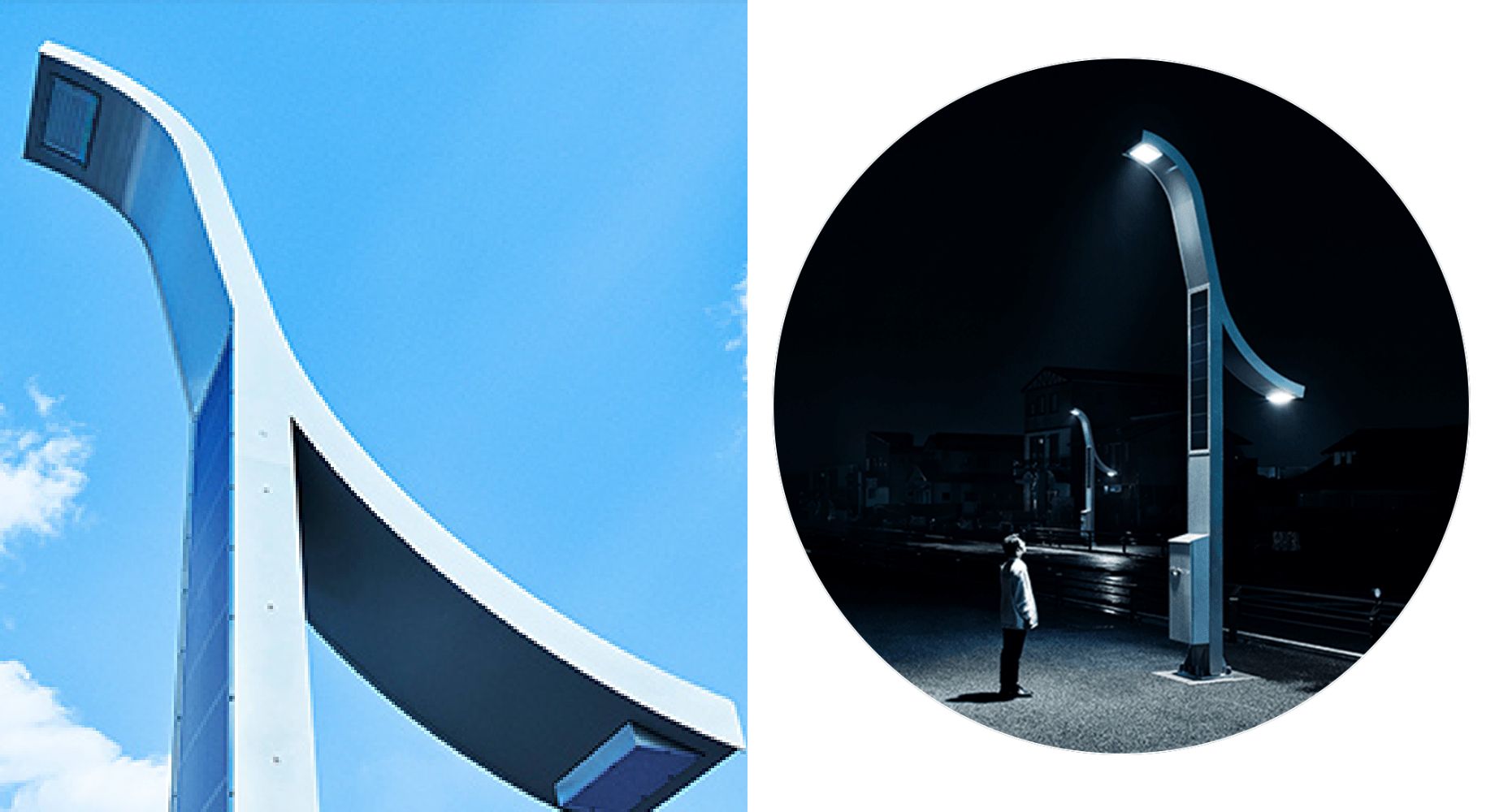
12 street lights reborn from a single EV battery
In addition, through a business alliance with Kansai Electric Power Company*11, 12, we are exploring the reuse of used batteries for a variety of applications, such as stationary storage batteries. Developing the reuse market for used EVs that approach their replacement period will enable people to choose between new and used vehicles just like with gasoline vehicles, and the EV market could be expected to gain momentum.
*10 Capital and business alliance with MIRAI-LABO
*11 Signing of a business alliance agreement for the utilization of used batteries in EVs
*12 Commencement of joint research on storage battery systems with used EV batteries and solicitation of partners capable of reusing EV bodies with removed batteries

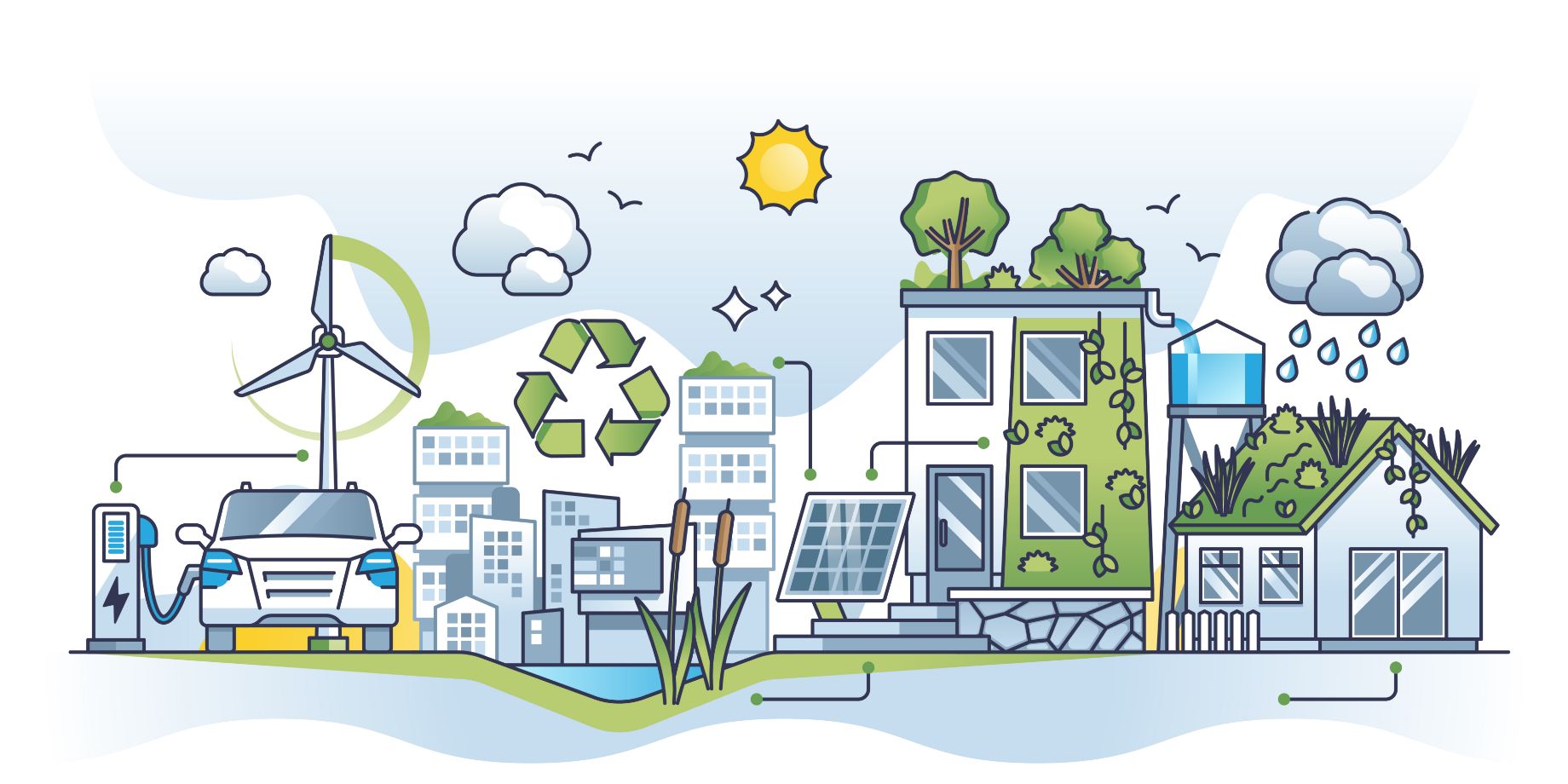
Strengthening the value chain through collaboration with partner companies working to solve problems will bring new value to the market. As the adoption of EVs becomes more widespread and new business opportunities are created, the value of EVs will increase, which will in turn promote their widespread use as a link in the value chain.
Many challenges still remain for companies to introduce EVs, such as the cost of introducing EVs and charging equipment, and the lack of vehicle models that fit corporate activities and individual personal tastes and preferences as issues that society as a whole must address. However, if various type of companies were to apply their strengths together and commercialize the EV business, we would definitely be able to move forward. Tokyo Century’s value chain concept has the potential to function as a hub for these solutions, and it will continue with its efforts to realize a sustainable economy and society that is friendly to customers, society, and local communities.
*The contents of the article and the position titles are as of the date posted.
RECOMMEND ARTICLES
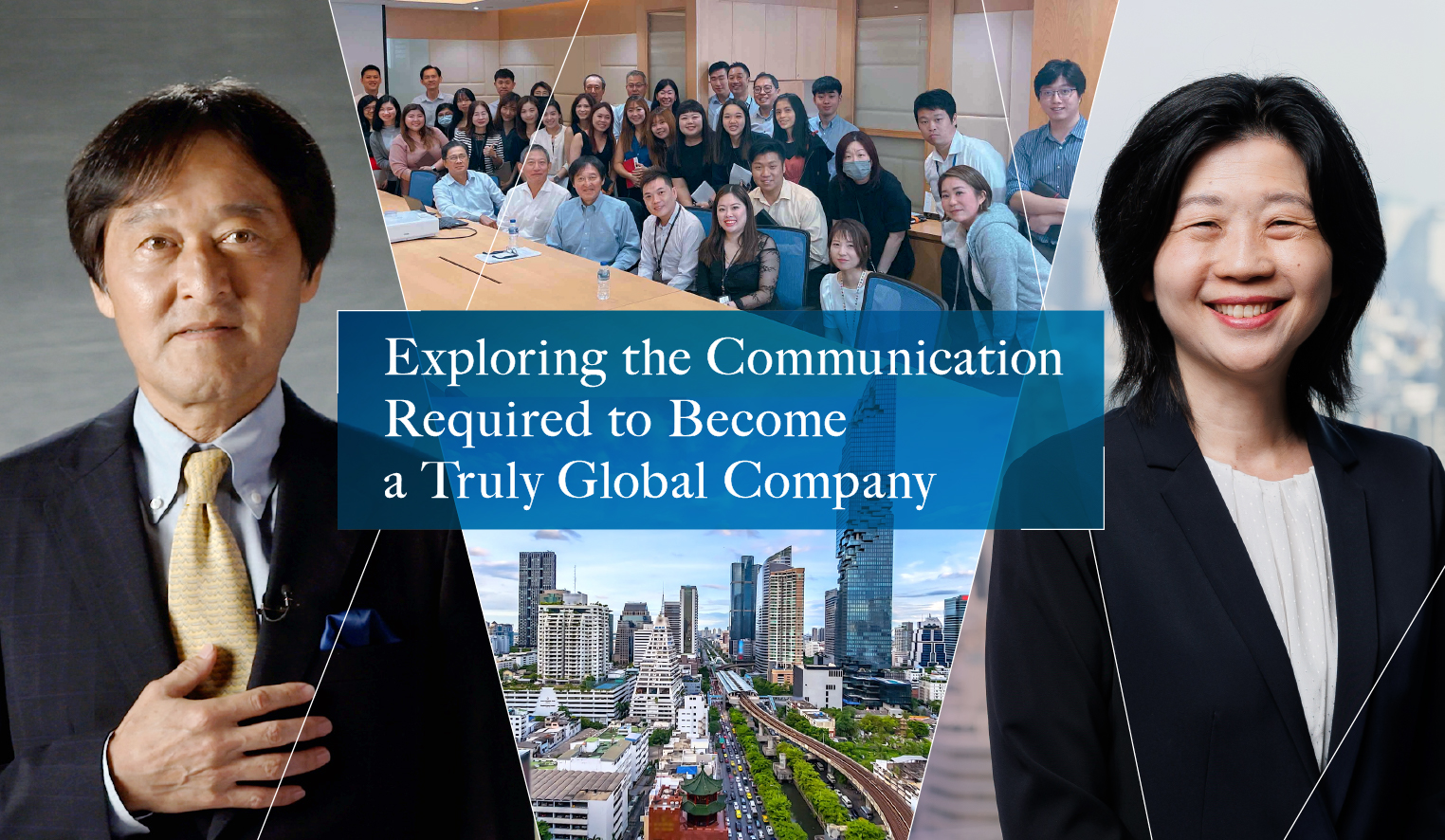
—Exploring the Communication Required to Become a Truly Global Company
Aug 21, 2024
Communication has be…
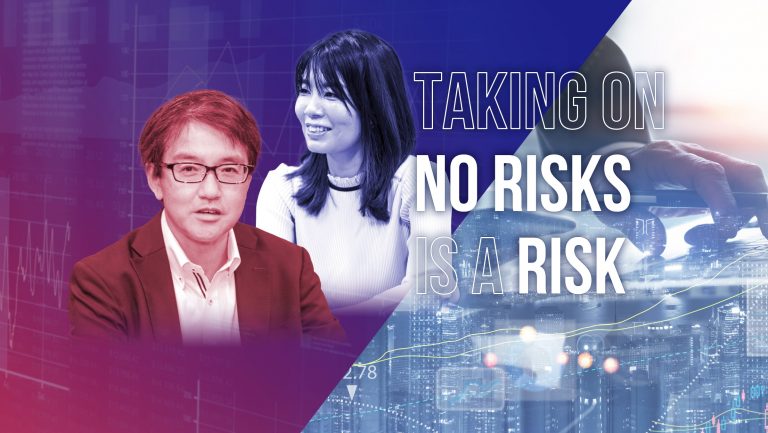
Dec 20, 2023
New risk factors hav…


